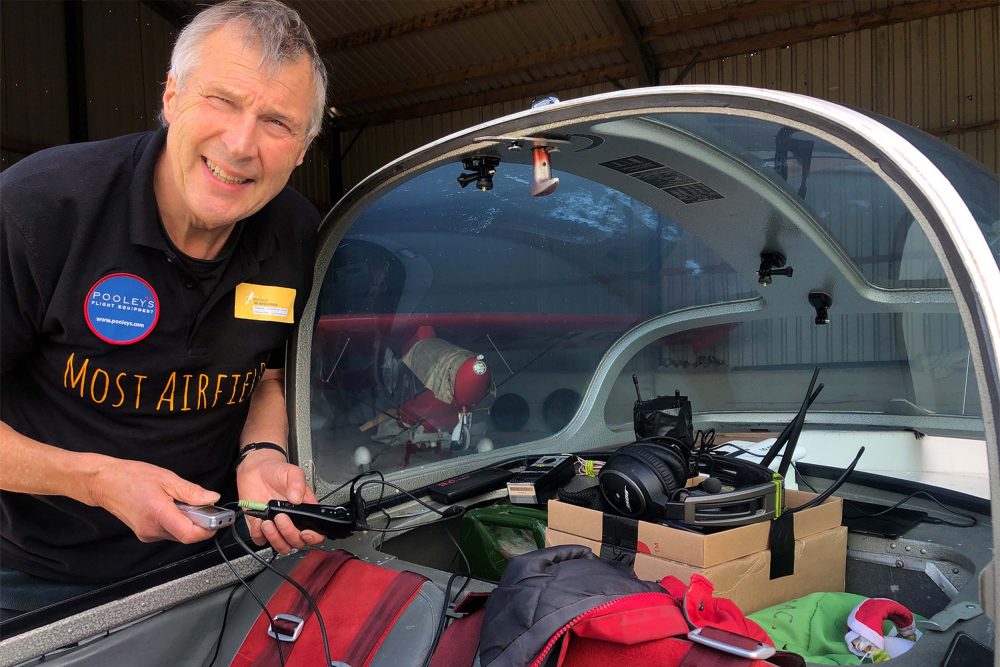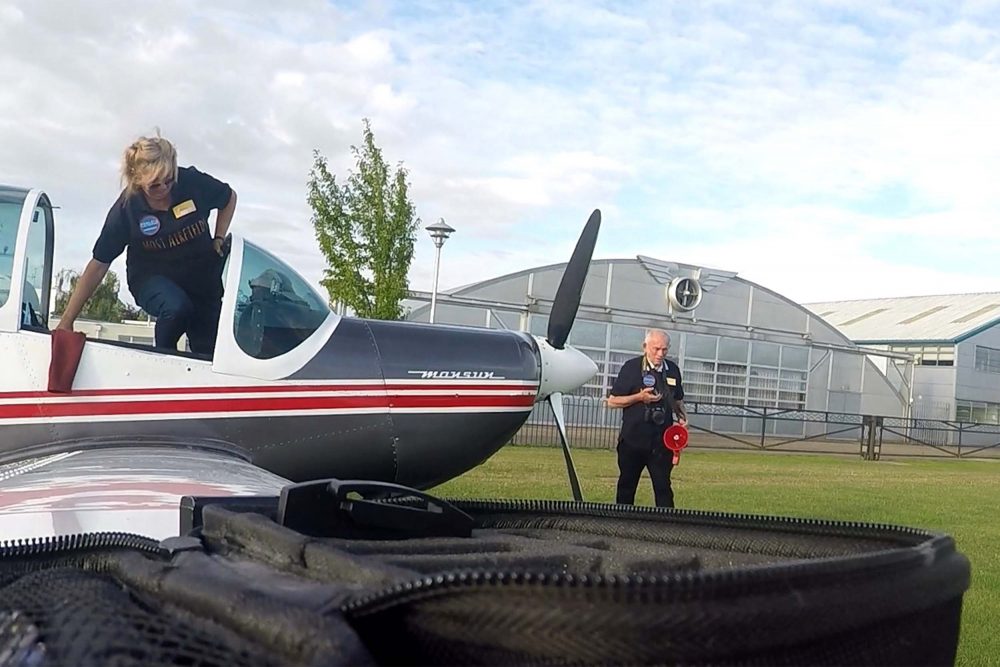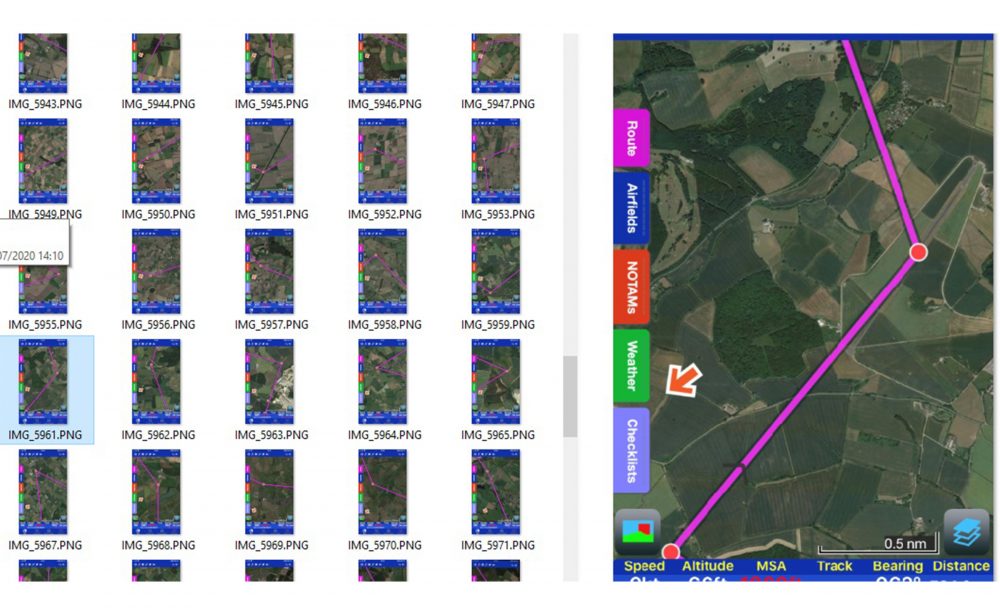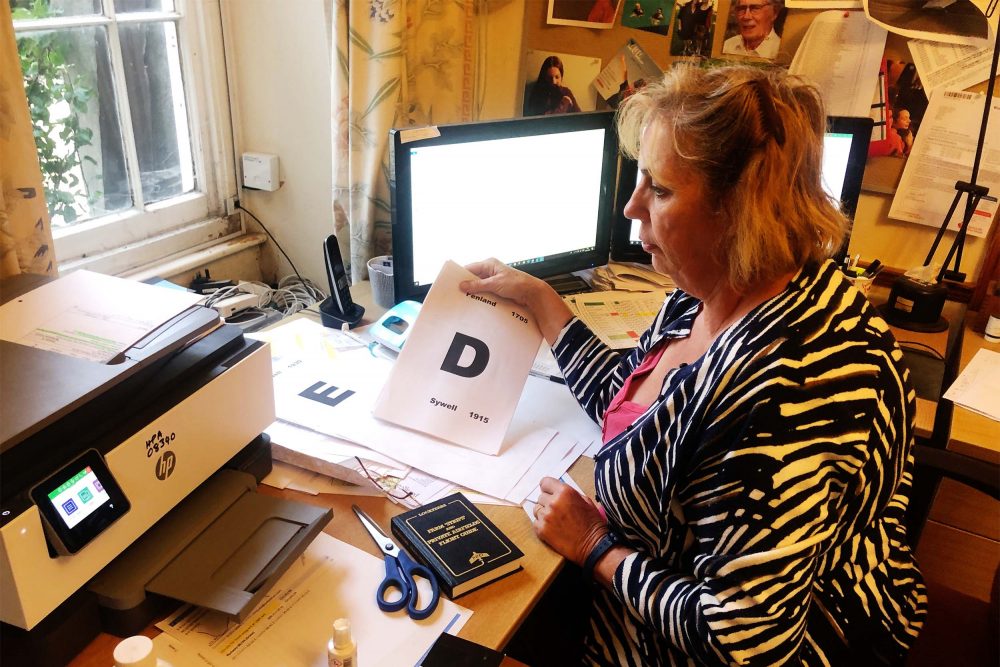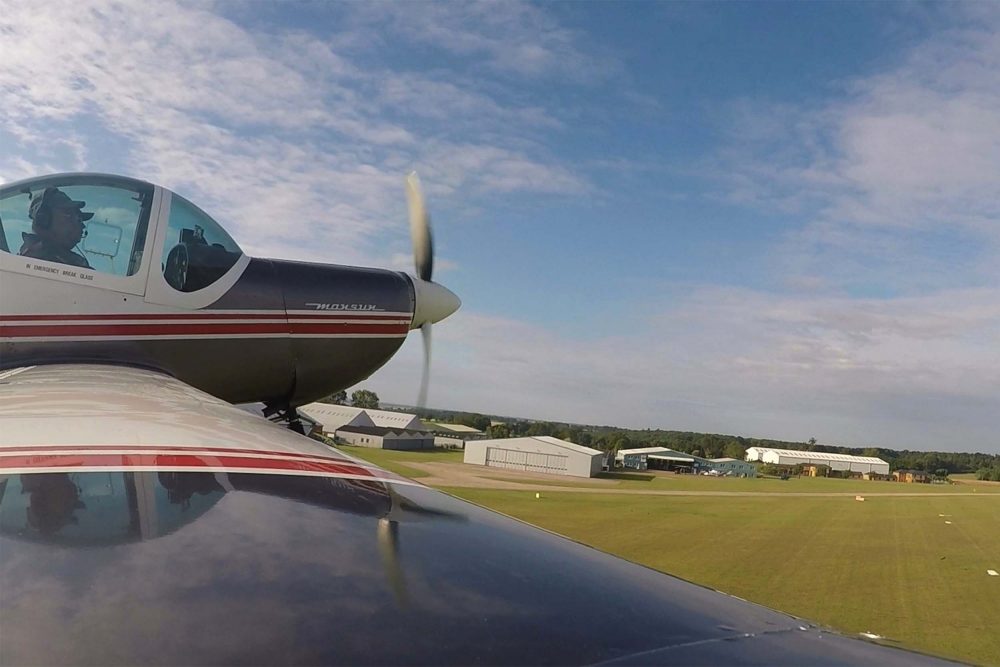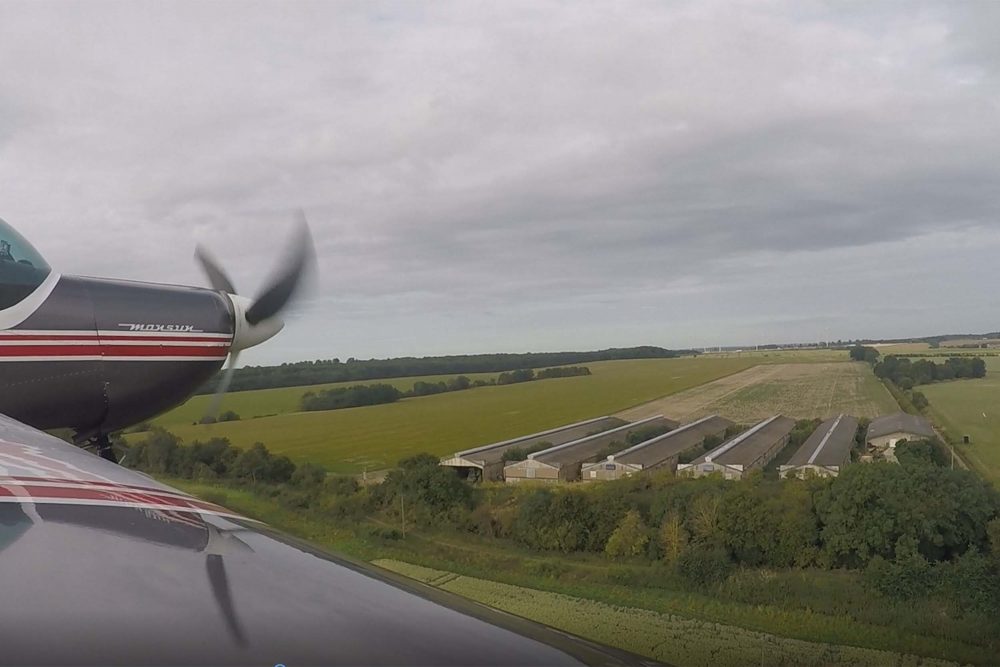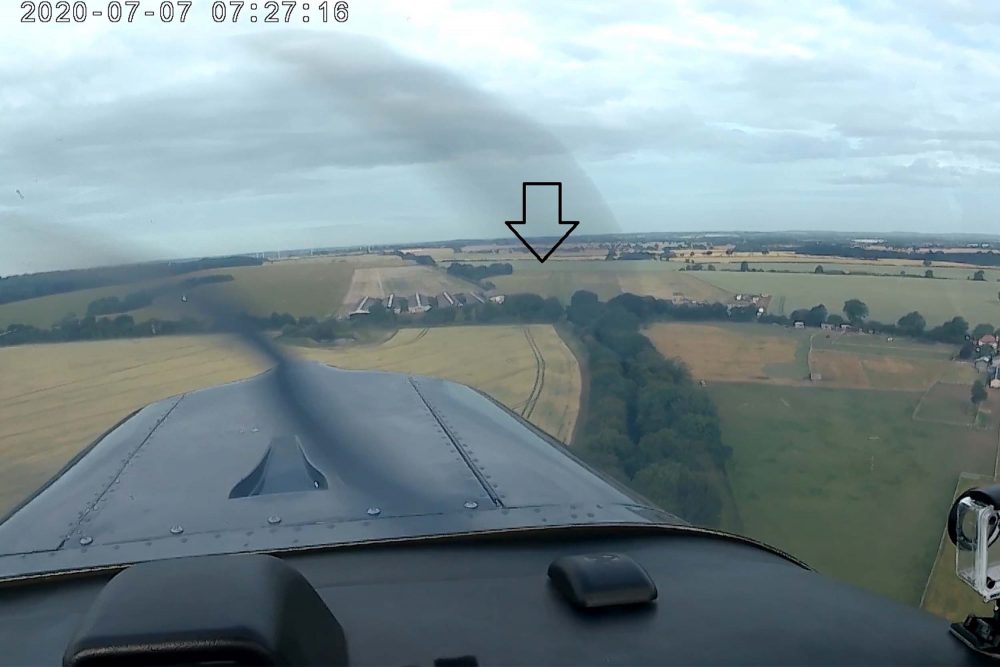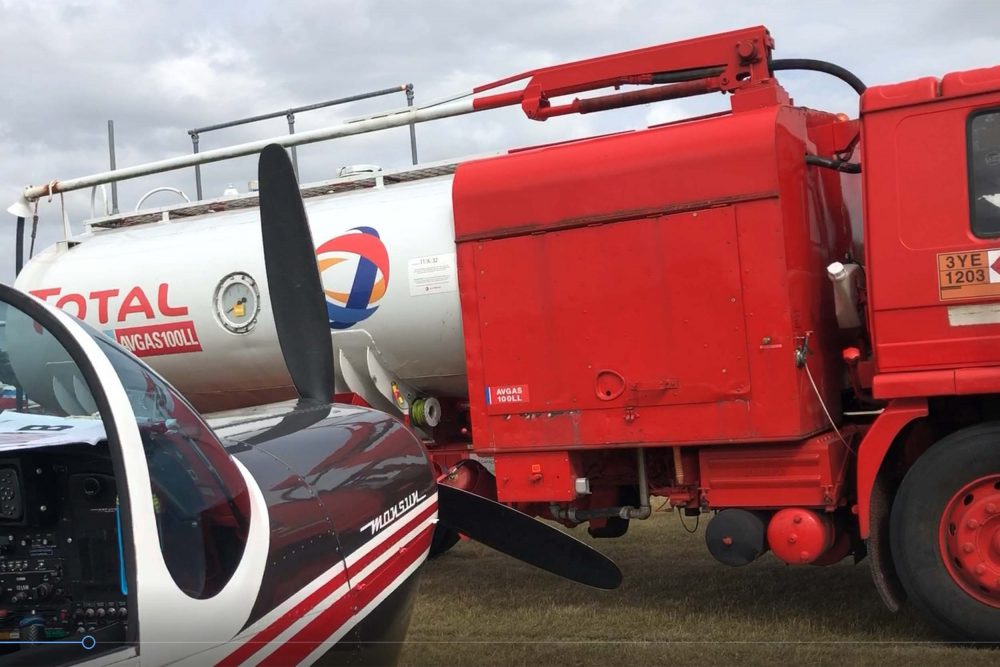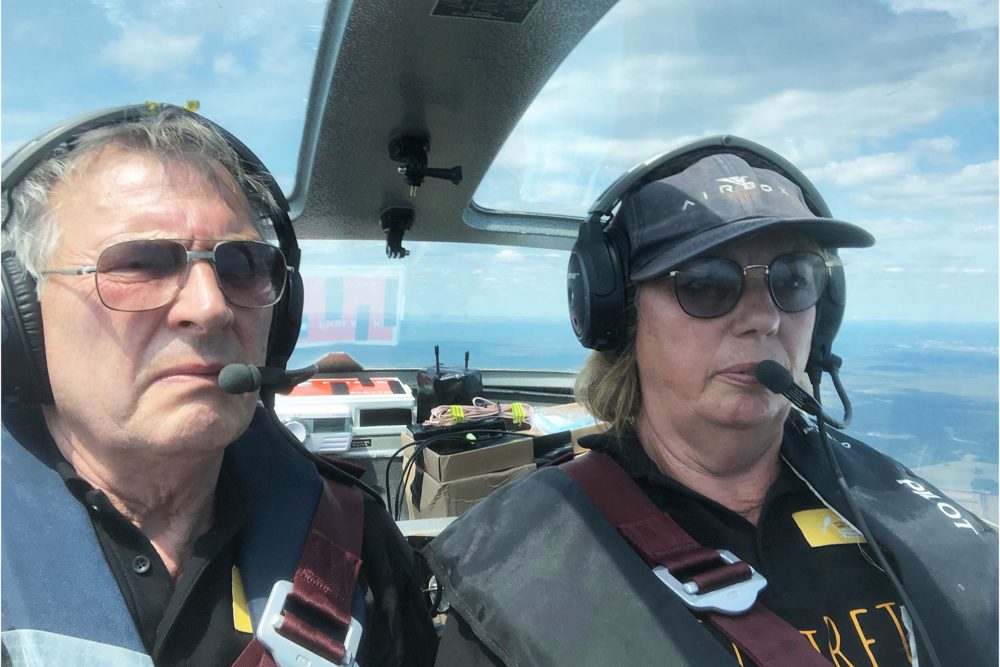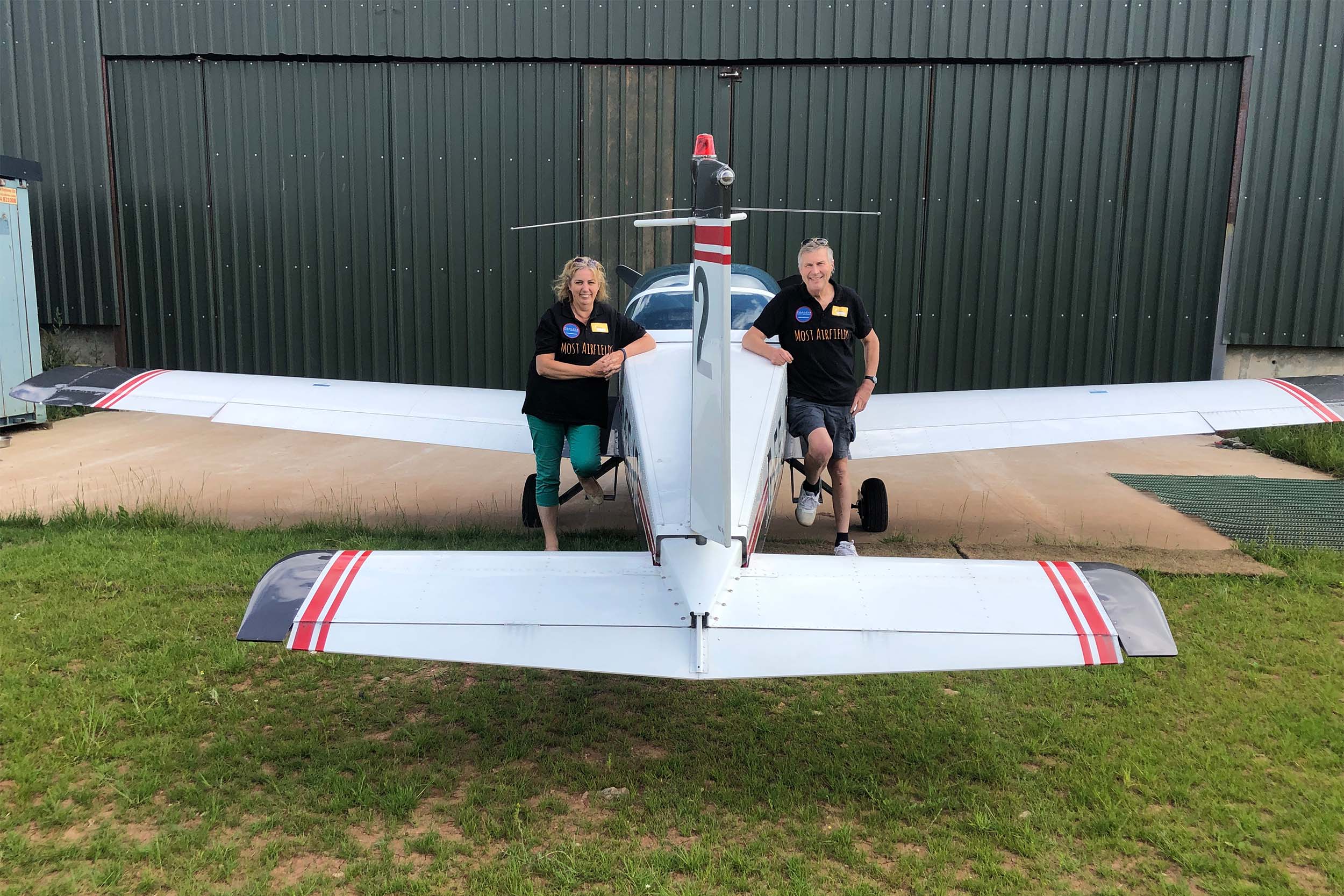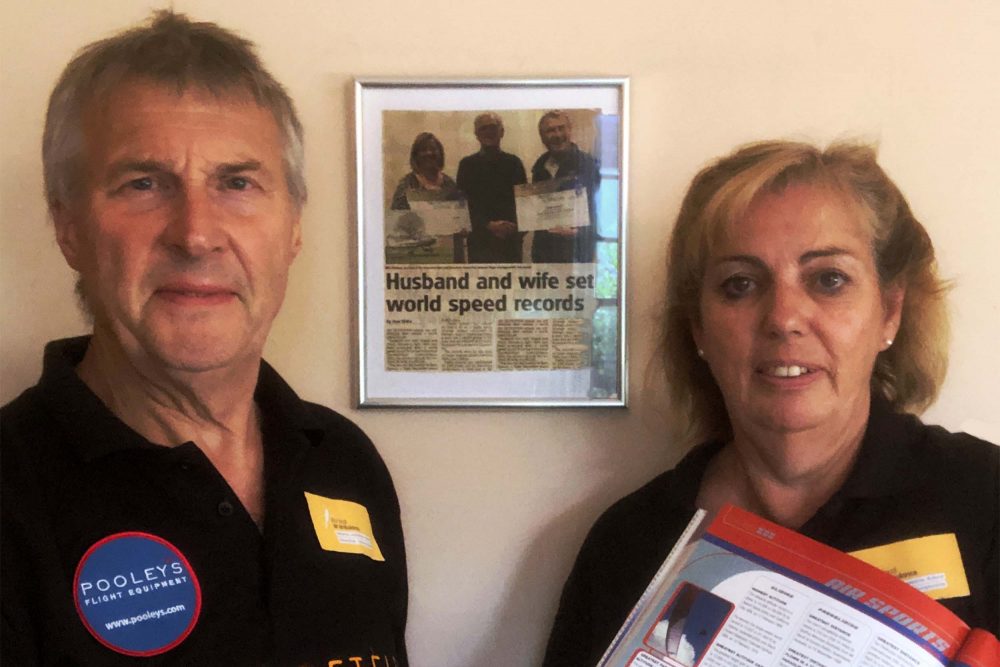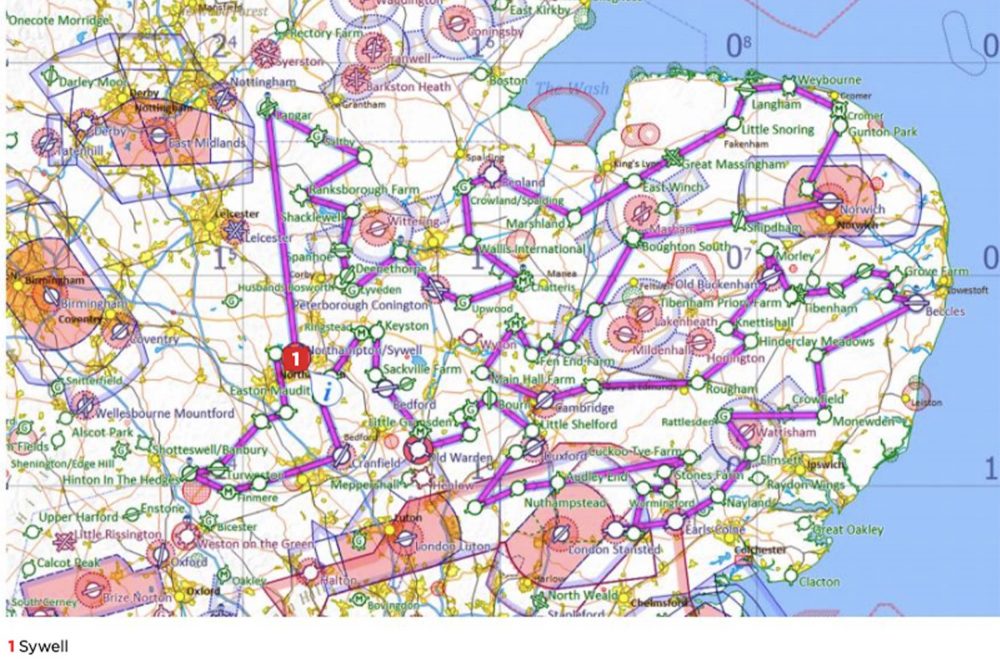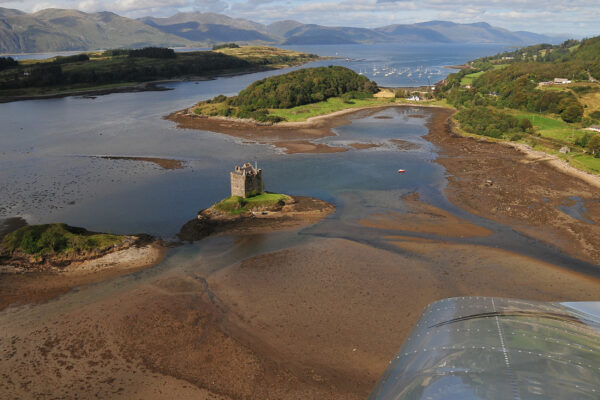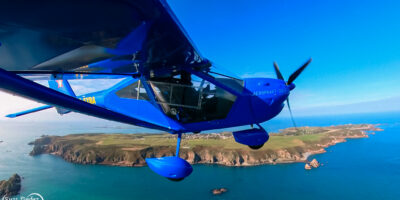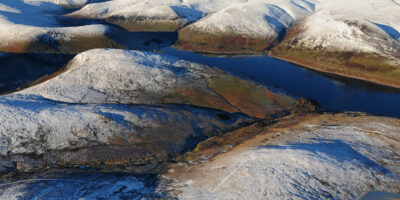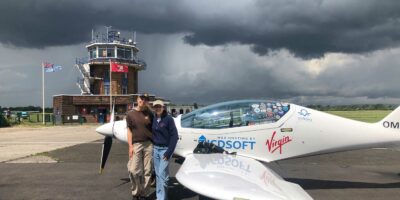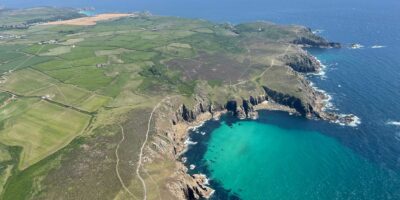On reflection
This was a very well worthwhile project:
→ The Air Ambulance has benefitted from people’s generosity and gained more than £2,400.
→ It has been great fun getting a World Record. We are as Guinness stress: OFFICIALLY AMAZING.
→ We have thoroughly enjoyed planning the route, talking to so many airfield owners and visiting so many wonderful airfields.
→ Preparing to land and take-off from each airfield required a great deal of preparation. We printed and studied the Pooleys plate and approach using Google Earth for each airfield. We noted airfield height, runway direction and length, frequency and ‘special notes’ for each of these.
→ Finding some of the airfields proved far more challenging than we have anticipated. Many of the strips in the Fens ran in the same direction as the very narrow fields and we had to abort one approach 50ft above the surface when we lined up on a very narrow crop field parallel to the runway! Quite a few of the airfields did not have a hangar or even a windsock.
→ As we flew low level most of the time, finding some strips which were tucked behind trees proved challenging and we had to orbit several airfields before we could find them.
→ Using SkyDemon to line up for each runway one to two miles out proved to be the most effective way of making the correct approach. I adjusted the route after every take-off to create a clear line down which to fly. As the day progressed I got more adept at this.
→ Arranging all the airfield witnesses was very challenging: Guinness wanted two witnesses to take a photo of us doing a full stop landing at every airfield (quite an ask when we could not give them a precise ETA and some were before 0800 and some after 1700!). During the preparation and after some emails with Guinness, they did relax on this requirement, but we tried to meet their expectations as much as we could. Around 80% of the airfields took a photo of our landing and filled in the witness statement for which we were very grateful.
→ Recruiting and co-ordinating ‘on the ground’ witnesses to monitor our flights throughout the day was fun but very time consuming. We set this up a couple of weeks before the challenge and organising it was a big task to undertake just before the actual attempt. Setting up a WhatsApp group proved really useful as people communicated to each other throughout the day – more than 500 messages were sent.
→ Although landing at airfields only three miles apart was most efficient, we appreciated the occasional 10 miles gap when we were able to have a sip of fluid and a biscuit.
→ Planning the most time-efficient route, remaining in Class G airspace (except for a few airfields with Class D where we planned to land) was incredibly complicated.



